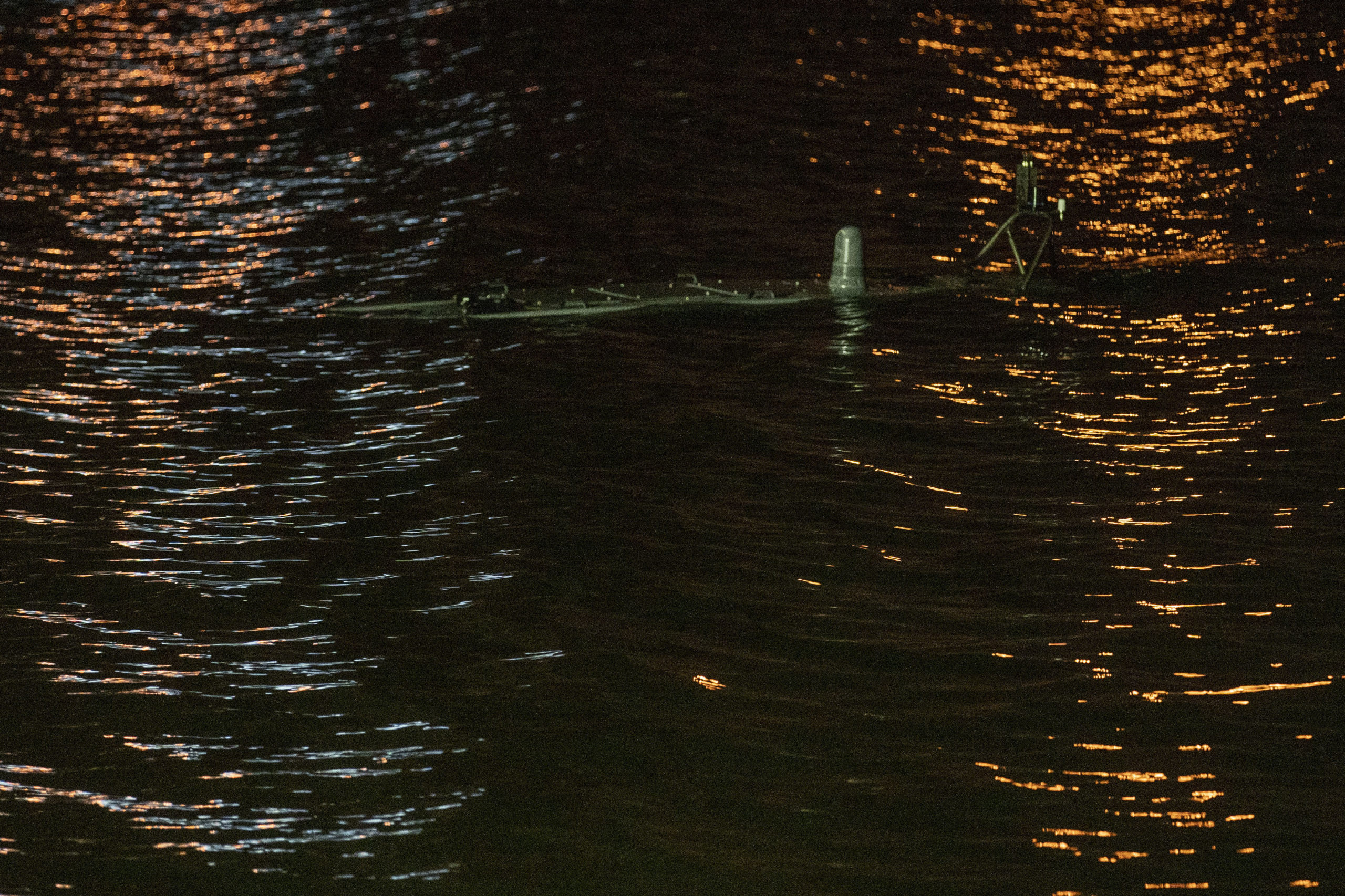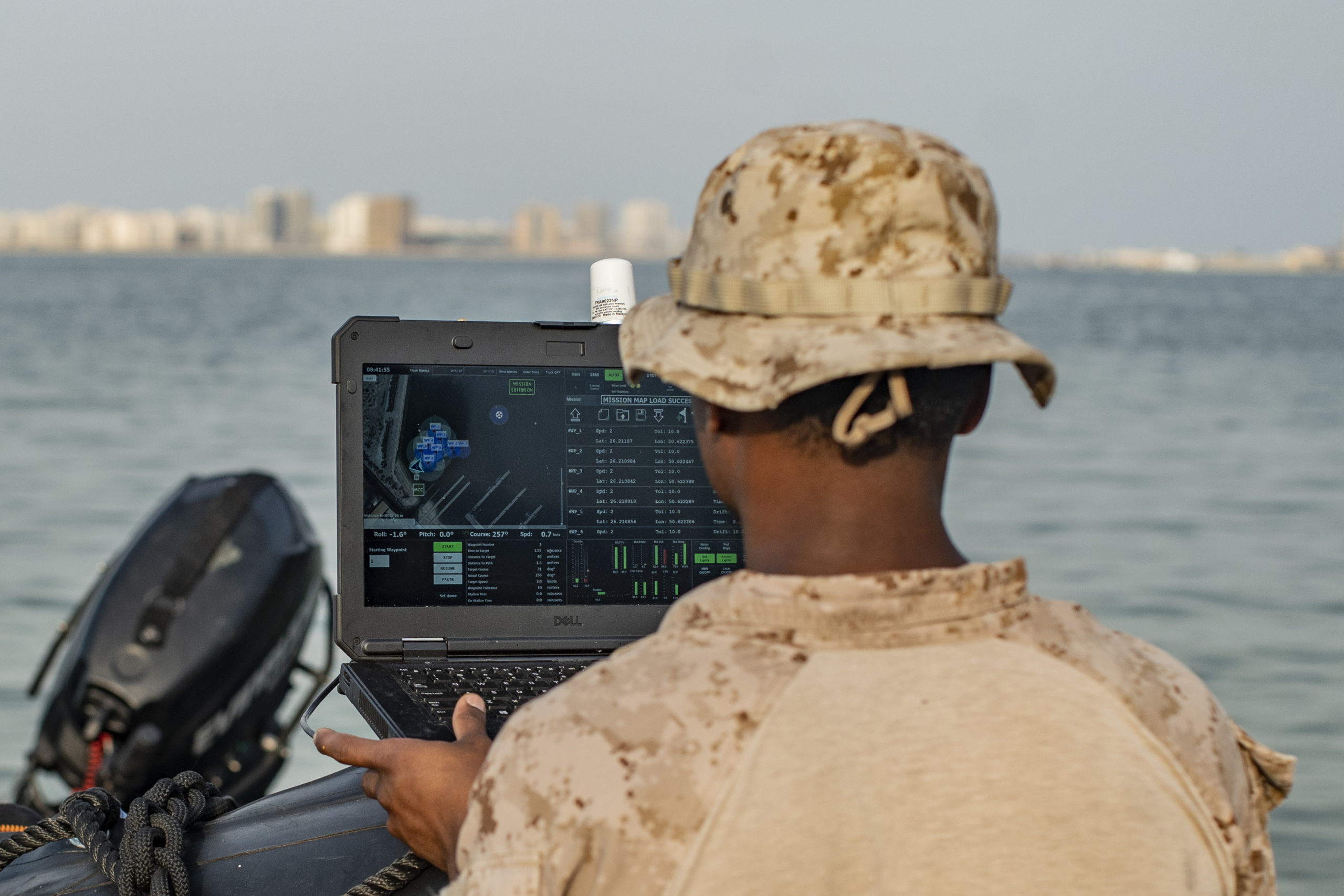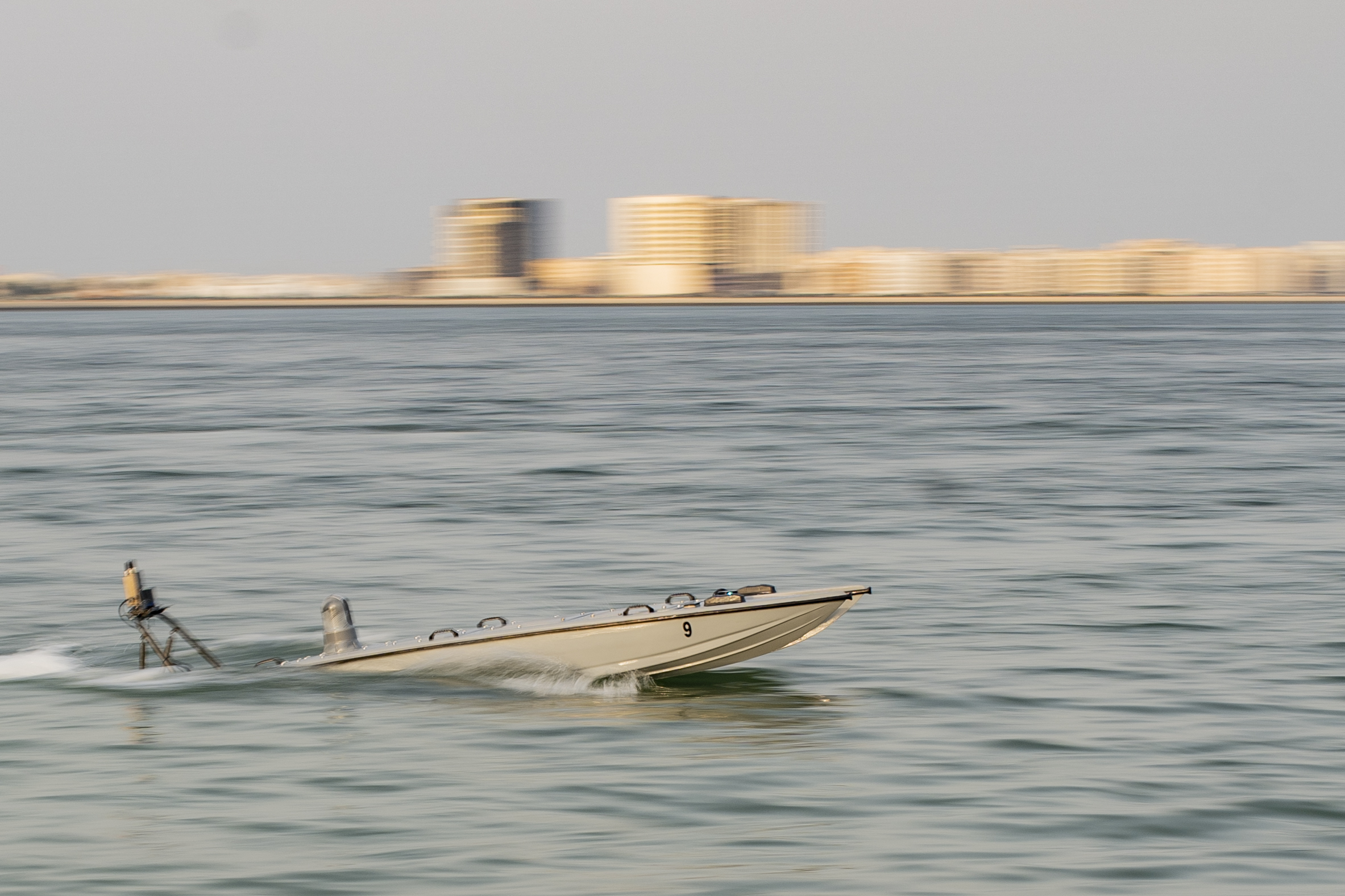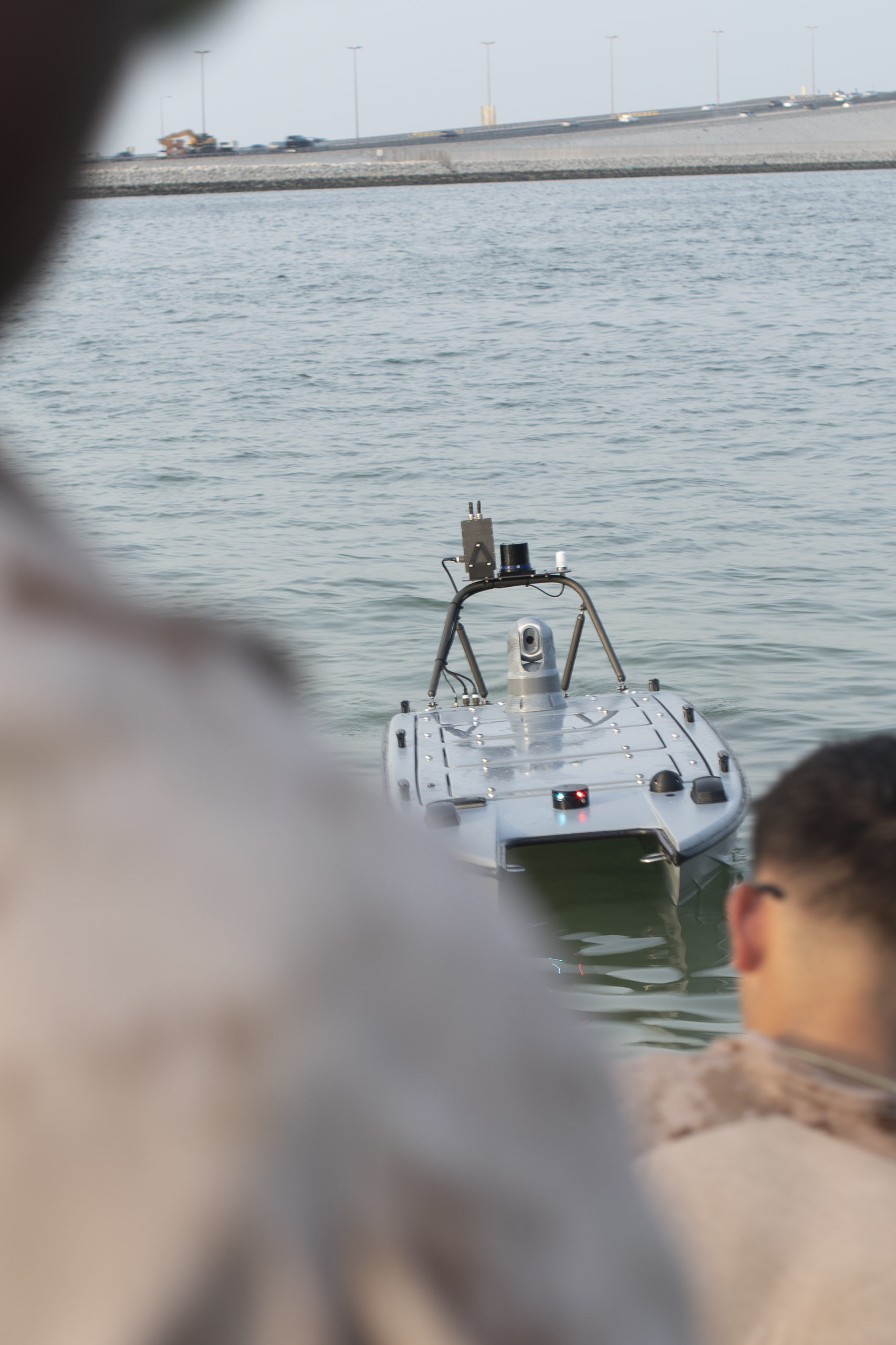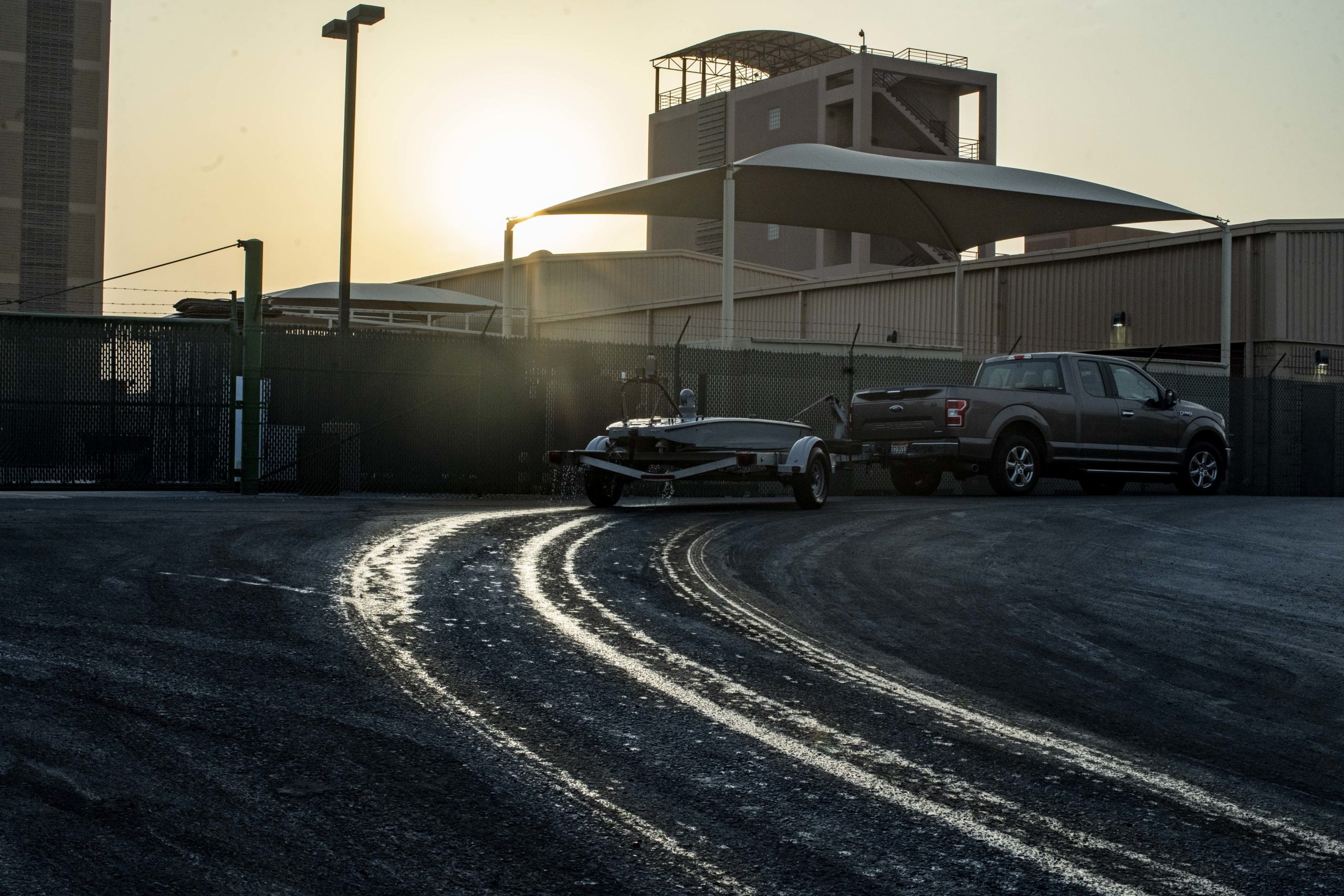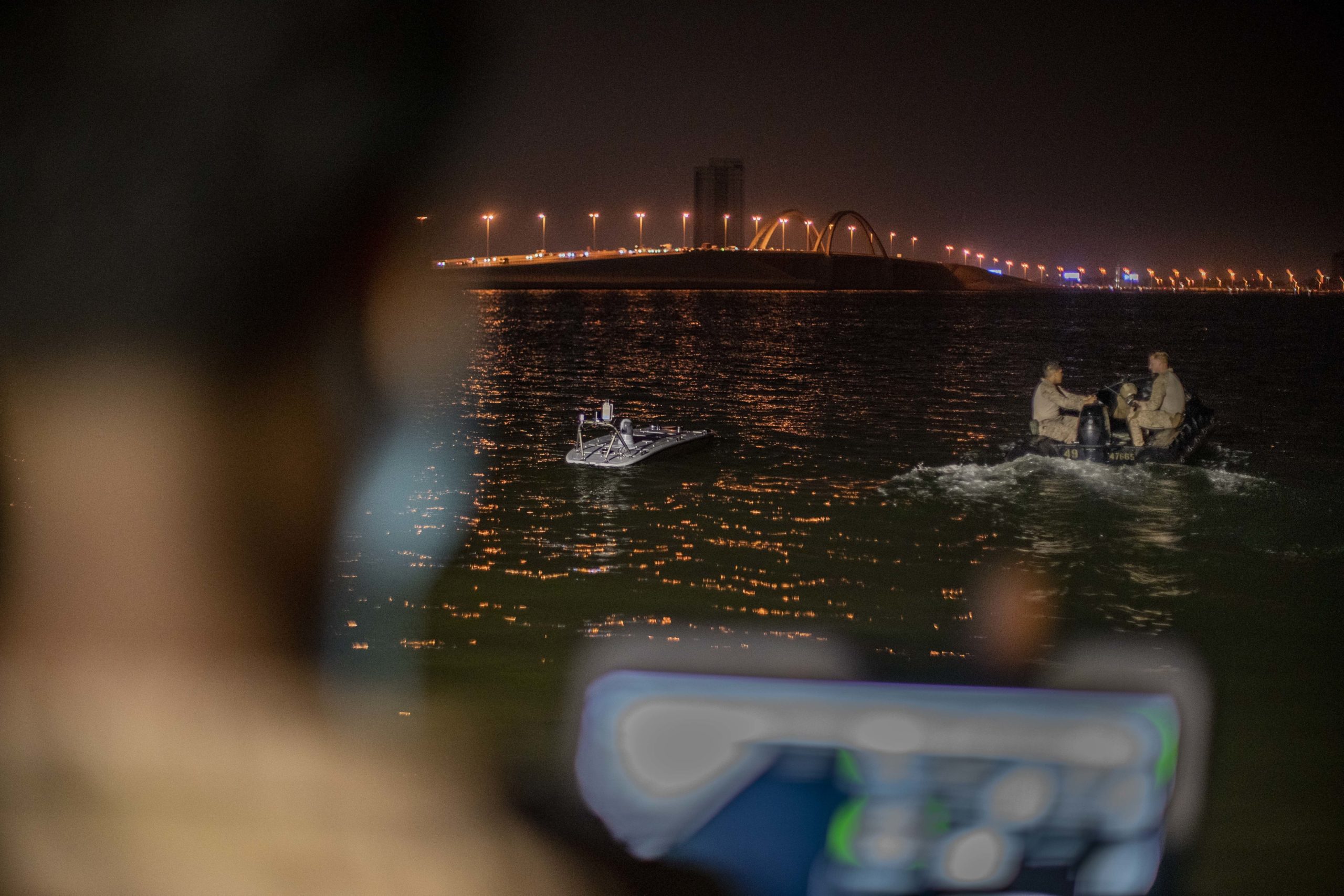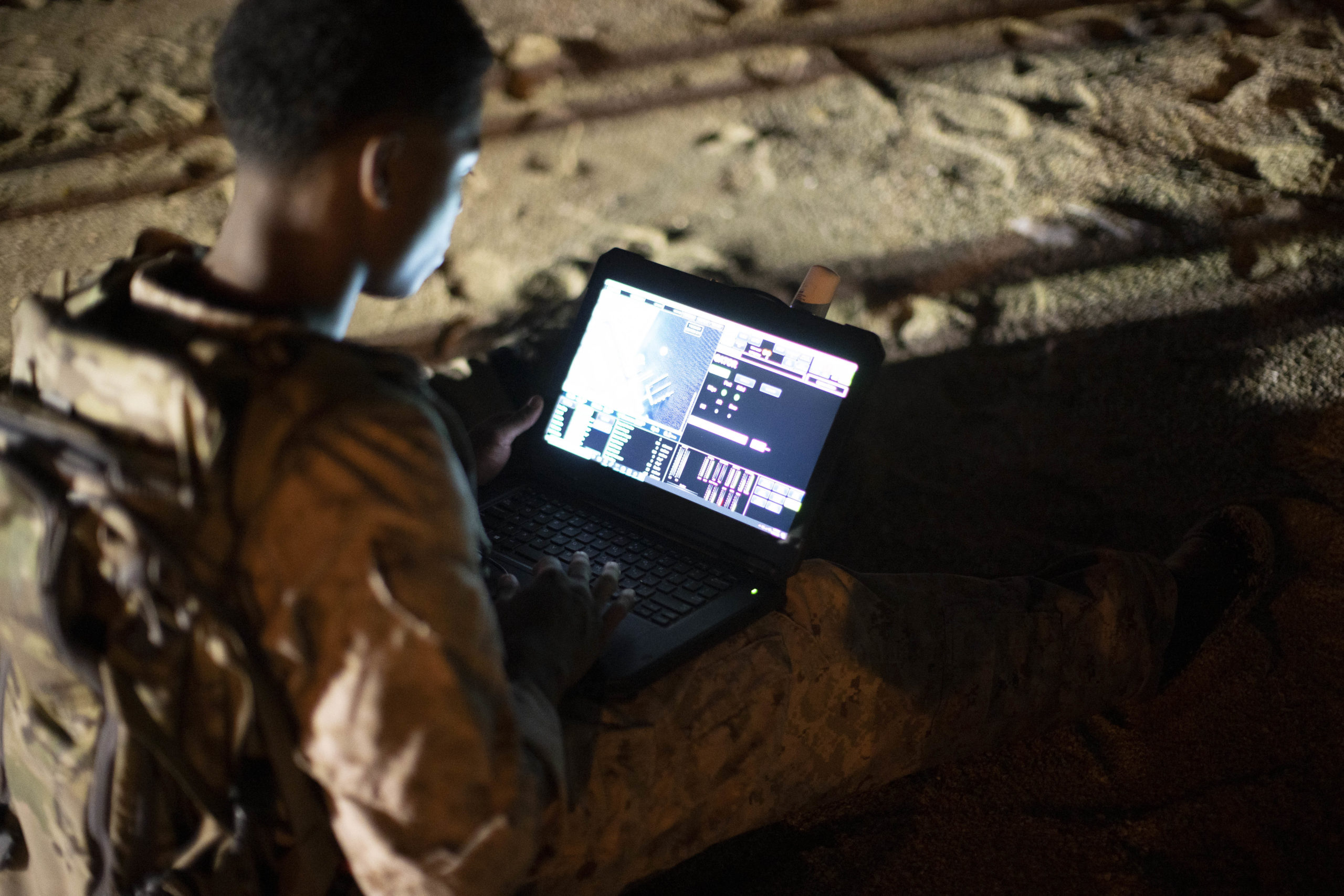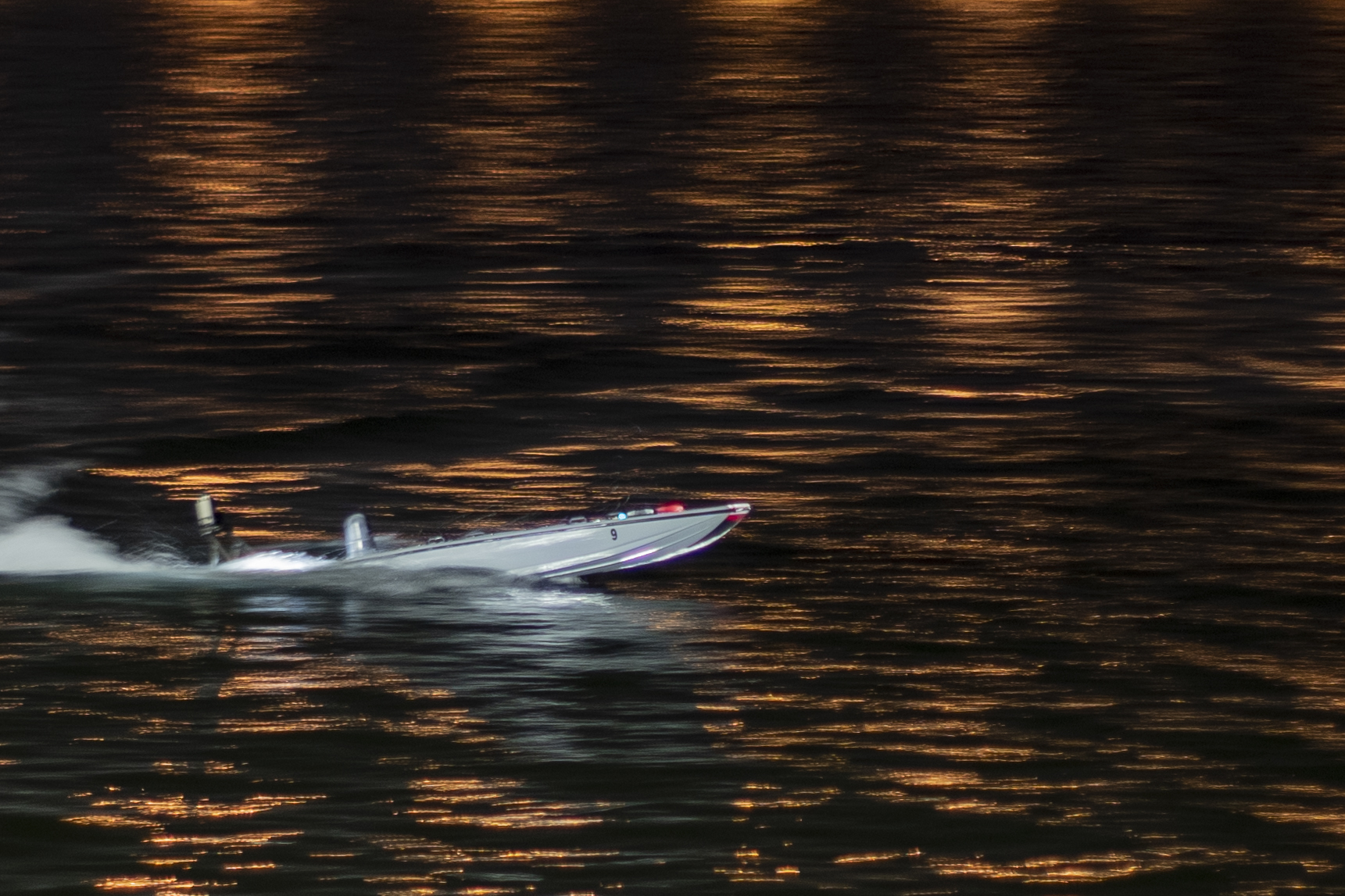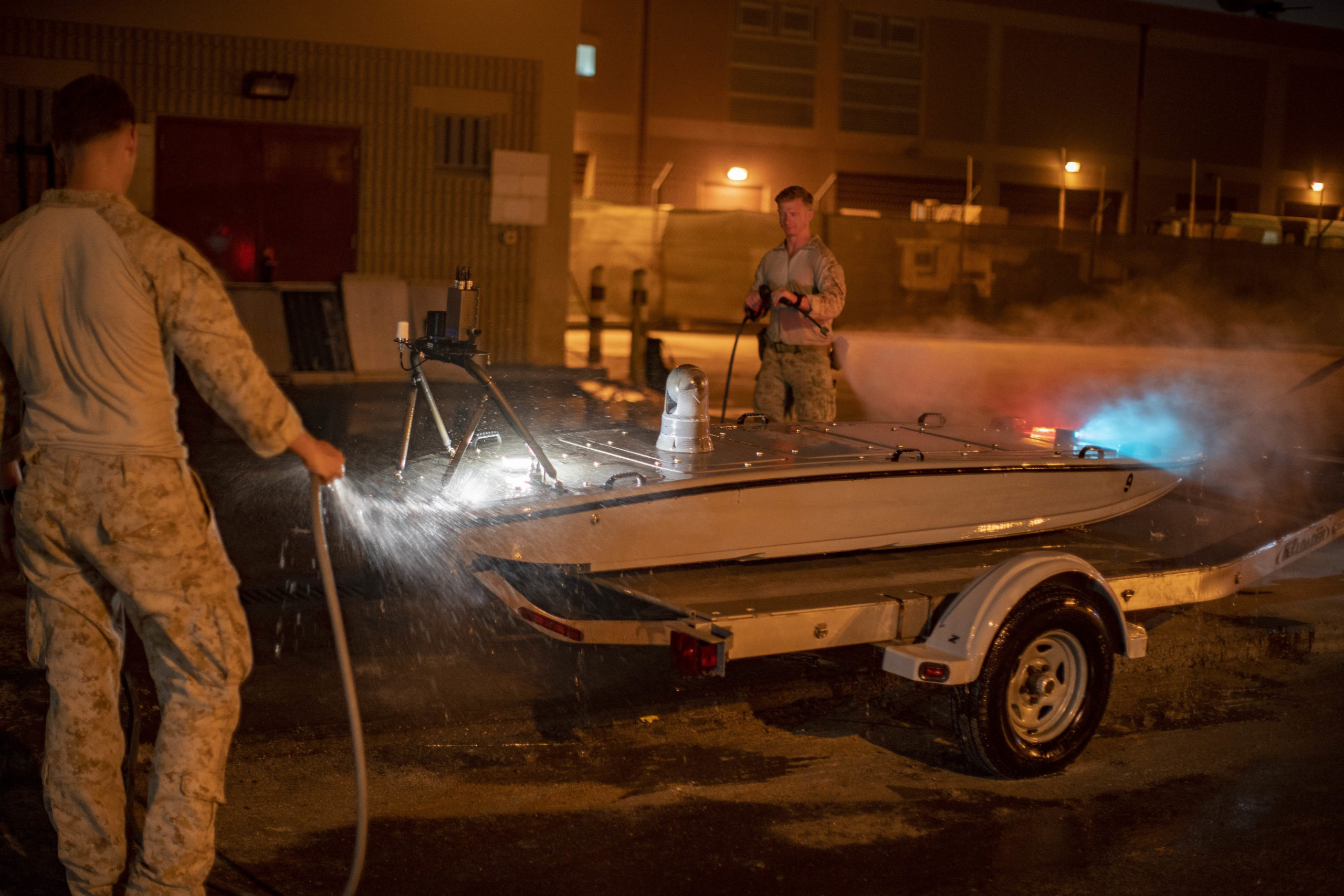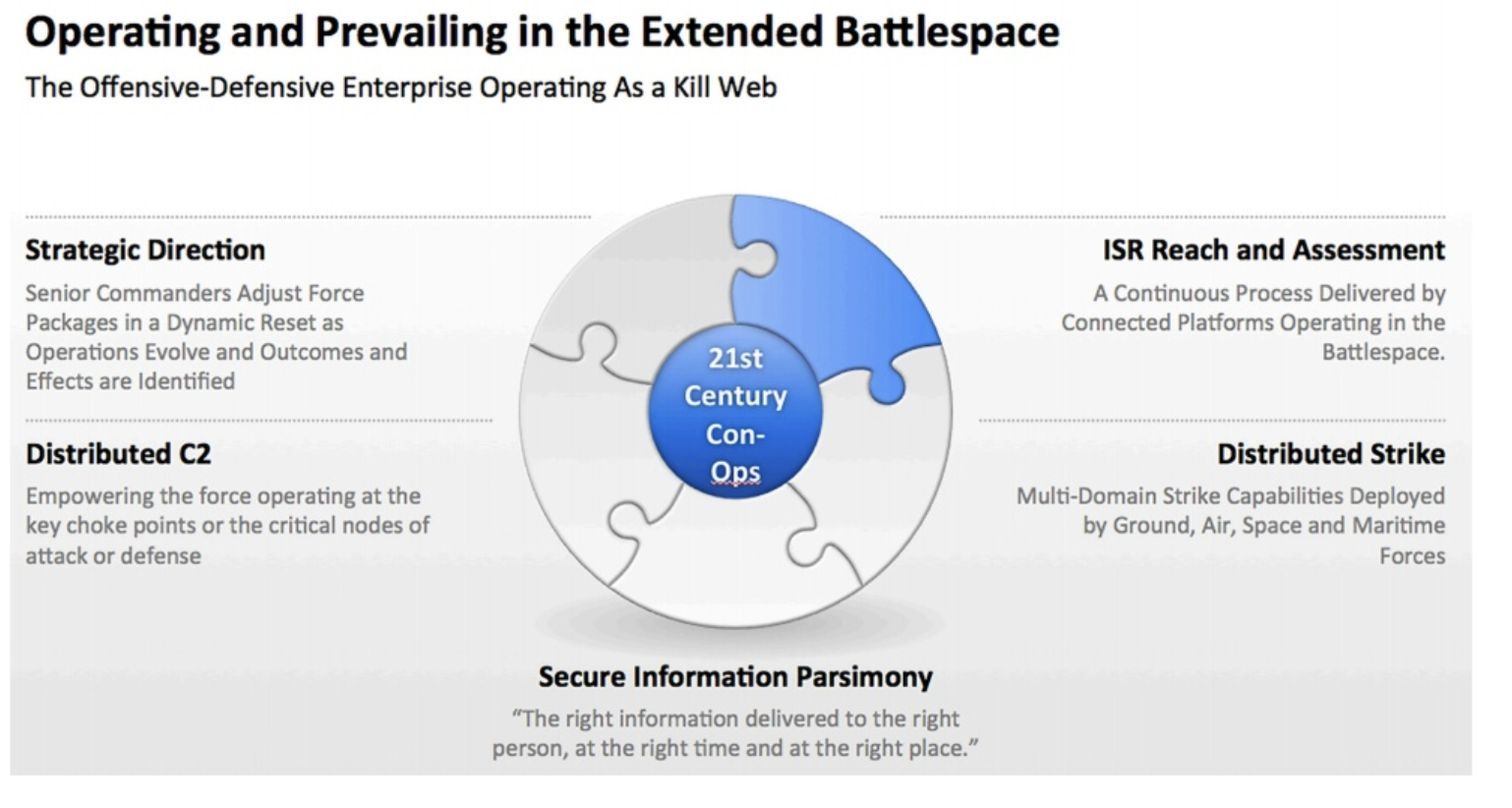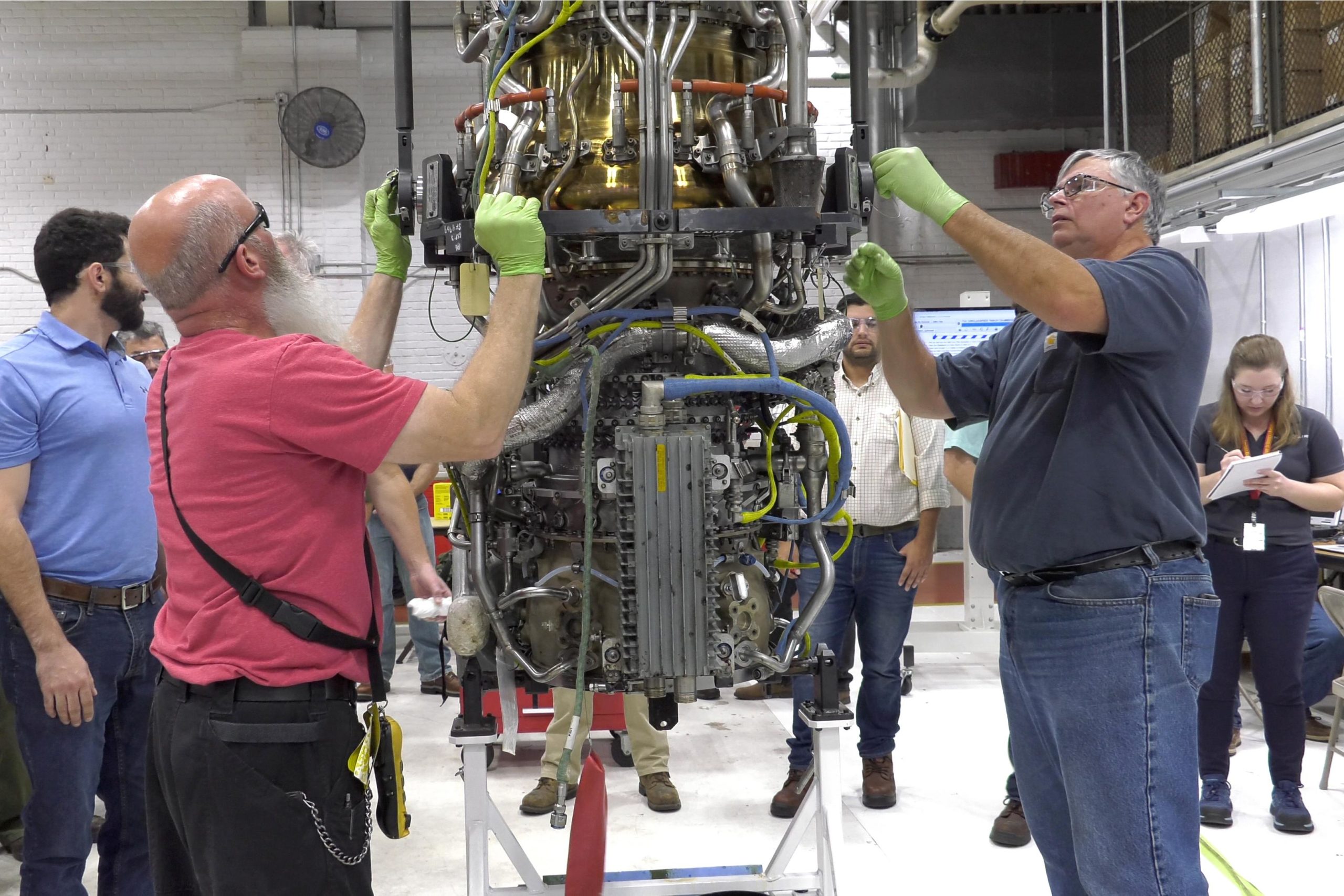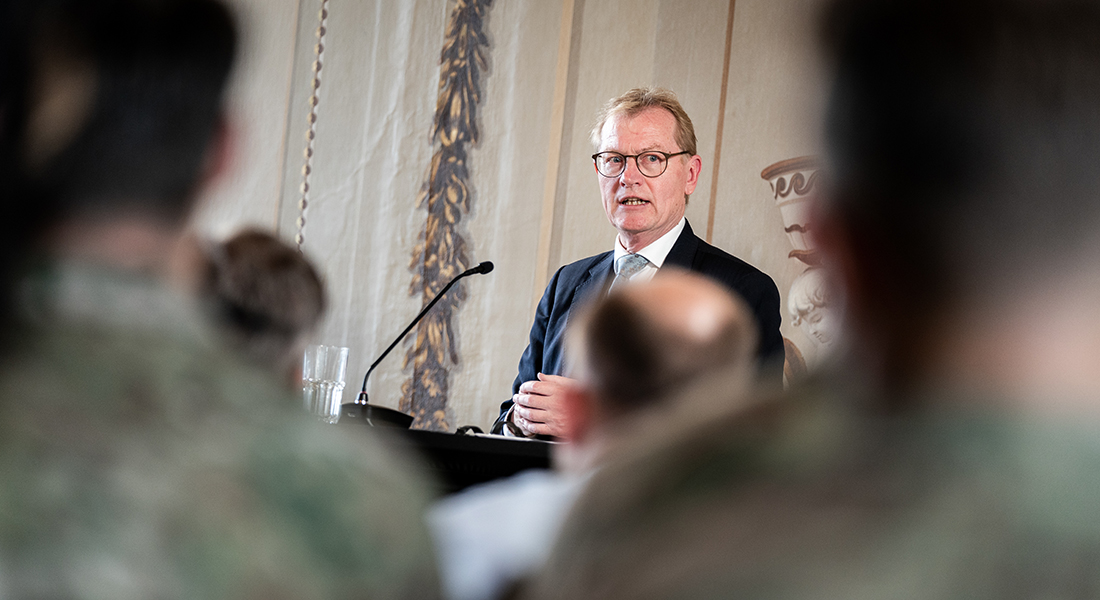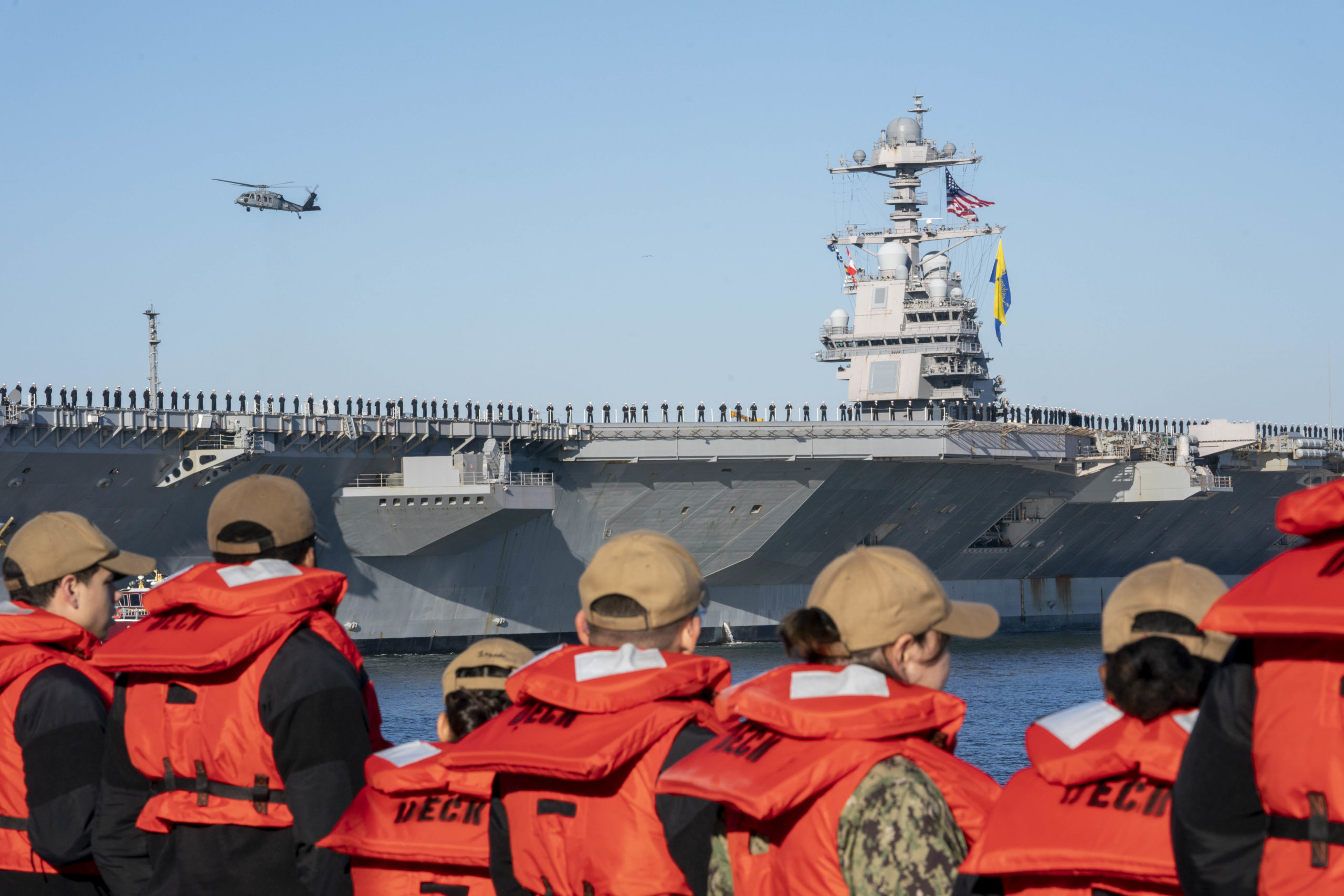During a Bold Alligator story which I wrote for what is now Breaking Defense, I highlighted the importance of understanding what a photo meant when in context. I wrote in that 2012 article that because the Osprey was used to conduct an assault raid from the seabase deep inland, the usual vision of looking for the assault vehicle coming ashore missed the point.
I wrote: “Let us hover over this image. Instead of assaulting the beach, the forces aboard the sea base are maneuvering within and over the battlespace inserting, moving and withdrawing forces. This is a far cry from just looking at photos of the landing ships and assault vehicles.”
We are seeing something similar if one looks at pictures of the Ford coming back to Norfolk. Not only is this a very unique warship – which will be considerably more capable with the air wing it will have in the near future, including F-35s and CMV-22Bs and in the medium future operating with directed energy weapons – but is operating the new template generated by the new approach of 2nd Fleet and JFC Norfolk – and with strategic change in the NATO alliance itself associated with the re-imaging of Nordic defense with the inclusion of Sweden and Finland in the alliance.
I have written with my co-author at length in our book A Maritime Kill Web Force in the Making about the large deck carrier and kill web task forces. The new systems onboard the Ford allow it to operate differently from the Nimitz class carriers on the maiden deployment just completed. The crew of the Ford operated with these new systems and began the process of re-inventing how a carrier can operate.
As Capt. Paul Lanzilotta, Ford’s commanding officer commented: “On our ship, you don’t hear Sailors saying, ‘that’s the way we’ve always done it’ because we’re using new gear, new technologies. Our Sailors are the ones who make all of these new technologies real.”
If you don’t connect the new ship with new approach to how to re-craft maritime operations, a central point of transformation will be missed. We provided a full chapter in our book on the maritime kill web on this new approach to operations, including force distribution, mission command, re-working of the U.S. Navy works with allies at sea and ashore, and rethinking how to approach to deterrence in Europe facilitated by maritime operations.
According to an article published by VOA News on October 4, 2022:”Lanzilotta said the North Atlantic deployment will serve as a “steppingstone kind of approach” to prepare for longer global deployments that will begin next year. It will also project power in the North Atlantic through air defense exercises, maritime domain awareness, long-range maritime strikes, distributed maritime operations, anti-submarine warfare exercises, as well as naval integration, according to Vice Admiral Dan Dwyer, commander of U.S. Second Fleet, which overseas operations in the Arctic and North Atlantic.
“In this area of strategic competition, we can no longer assume that geography provides us with the protection and standoff that we’ve had in the past,” said Dwyer.”
Added to this is the expansion of NATO in response the invasion of Ukraine by Russia. This is leading to a re-imaging of Nordic defense which expands the capabilities for Northern European defense that decisively will affect defense operations in the North Atlantic and re-enforce on the U.S. side the importance of maritime capabilities and concepts of operations. I have written a complete series of articles on Breaking Defense over the past few months on this subject and refer readers to those articles.
And the expanded work on interoperability and interchangeability among NATO navies was demonstrated early by the Ford and complemented by congruent activity by CVN-77 in its Mediterranean operations. Even though the Ford was on its first deployment it engaged in integrated operations with ships from Spain, Denmark, Canada, France, the Netherlands and Germany.
Meanwhile, the USS George HW Bush operated in the Western Med with European naval ships, including European carriers.
According to NATO: “In the North Atlantic, the USS Gerald R. Ford, the world’s newest and biggest warship, has arrived in the UK following weeks of drills alongside warships from Canada, Denmark, France, Germany, the Netherlands, and Spain. The Royal Navy’s HMS Queen Elizabeth left Portsmouth on 10 November for F-35 fighter jet drills in the North Atlantic.
“In the Mediterranean, the French Navy’s Charles De Gaulle – escorted by Greek, U.S. and Italian ships – left Toulon on 15 November for deterrence patrols on NATO’s eastern flank and counter-terrorism operations in the Middle East. Also in the region are Italian carrier Cavour and the USS George H. W. Bush. In recent weeks, jets from the George H. W. Bush have flown deterrence patrols over Lithuania and Poland. Following exercises, Italy’s Garibaldi returned to Taranto on 15 November.
“NATO Spokesperson Oana Lungescu said the deployments “demonstrate our ability to project power across the Alliance and to rapidly reinforce Allies”. Set against the context of Russia’s war against Ukraine, she said: “These carriers deliver deterrence, and they help keep our sea lines of communication open. Our strength sends a clear message that NATO will protect and defend every inch of Allied territory.” At the NATO Summit in March, Allies decided to deploy carrier strike groups, submarines, and significant numbers of combat ships on patrol on a persistent basis.”
I had a chance to discuss these various developments during a visit in Norfolk on November 30, 2022, with Admiral John Meier, Commander Naval Air Force Atlantic. We started by focusing on the strategic changes in Europe.
According to Admiral Meier: “the Russian invasion of Ukraine has backfired certainly in terms of Putin’s effort to undercut NATO. Rather it has solidified and expanded NATO. Both the Ford and Bush strike groups had significant participation from NATO partners and allies. What we saw was the impact of Russian actions as a forcing function to strengthen and solidify NATO like I haven’t seen in my lifetime.”
We then talked about the initial Ford deployment. As the first Captain of the Ford, it was with no little pride that he discussed developments. What he emphasized what was the somewhat unusual nature of a first deployment. On the one hand, we had what he called “a phase one deployment” where Ford operated its new systems and trained to operate and to be certified.
But there was he referred to as “a phase two deployment” which exercised the template established under Woody Lewis and further developed by Admiral Dwyer and “carried to completion by him.”
What Meier was referring to the “tremendous coordination with partners and allies” which the Ford spearheaded with its significant C2 and combat coordination capabilities. And this intersected with the strike group operation of USS George H. W. Bush. “With the participation of Italian, French, British and two U.S. carriers all coordinating a significant operational space covering significant swaths of land along with large deck amphibs, we demonstrated a significant NATO strike capability from the sea.”
The fleet as described operated as mobile sea bases and with mission command giving it enhanced operational flexibility and leveraging distributed concepts of operations, it becomes an important capability to affect the air-land battle as well.
Meier commented that “carriers are more survivable than land basing or can be seen as complementing other forms of basing. When you have five or six sea platforms operating anywhere from the high north into the Mediterranean, you are creating a maritime kill web which intersects with and provides strategic depth to forces ashore. This is a direction we’re headed and will enhance in the next few years with new strike and defense capabilities.”
We talked about three of those aspects.
The first was the complimentary aspect of the LHAs or the small deck carriers like the Italians or the Spanish have with F-35Bs on board. Admiral Meier commented: “They partner very well with the large deck carrier in shaping a broader strike capability.”
And one of the capabilities we have seen with large deck amphibs, swapping out capabilities from the deck, is something Admiral Meier would like to see the U.S. Navy doing with the large deck carrier as well. “We can shape different configurations of the airwings onboard the carrier to emphasize what is needed from enhanced electronic attack to rotor craft support to various types of operations, to enhanced command and control for the combat force. We have an inherent flexibility which as we reshape ways to deliver a kill web integrated but distributed force across the fleet.”
The second was one change to the carrier airwing which is already significantly enhancing the large deck carrier’s capability for distributed operations. This is what Admiral Meier had to say about the impact of replacing the C-2A with the CMV-22B for carrier support: “the CMV 22 can land in many, many more places than the current C-2A does. The C-2A being transitioned out, but it can only land on an aircraft carrier or a long runway. That’s pretty confining.
“Our CMV22s can be really a connector and if we’re going to talk about doing distributed maritime operations, its ability to resupply and rearm, not just the carrier, but the other nodes in that distributed network, is a significant advancement. In other words, the CMV-22B represents a huge improvement in both the airwing but also in distributed operations capabilities.”
A finally we talked about weapons. The Ford was built to have a significant increase in power generation and will be clearly a key part of the directed energy revolution on the way. As Admiral Meier noted: “We have 300-to-600-megawatt capability that could be put on an aircraft carrier today. The clear advantage for directed energy weapons for defense is they represent an infinite magazine. We would be constrained by our recharge rate, which on those weapons is actually really fast, and can keep up with salvos that would be launched as we could potentially run ourselves out of kinetic kill vehicles.”
The other aspect of directed energy weapons is they have a future beyond simply providing for ship self-defense to providing a defense capability to a distributed force. A destroyer could provide in the future defense of a mobile air base on which the USAF or allied air force could land, re-arm, re-fuel and go under the defensive umbrella of that destroyers directed energy weapons.
There is a dynamic development in the kinetic weapons world of range and speed. Admiral Meier added insight into this dynamic along these lines: “I think we’ve historically have relied on long range subsonic weapons that have excelled at fixed targets. Most recently, the synchronized attack into Syrian chemical plants was launched from U.S. subsurface and surface naval platforms and coalition and joint partners using various platforms. It was amazing, it was incredibly precise, extremely long range, and very effective at decimating fixed targets. But doing so with moving targets remains a challenge for us.
“And it’s very clear that technology is advancing in a direction where range and speed are both preeminent in this regard. We’re in an arms race, if you will, of longer and longer ranges. I think now it’s just advancing at a pace that is happening much more rapidly in our lifecycle, if you will, the ranges are rapidly increasing.
“The speed is really the next piece though when we start talking about hypersonics. It’s really about the difficulty of defending against a weapon like that or to target that weapon. Such weapons obviously present some significant technological challenges in terms of heat, in terms of avionics and in terms of targeting capability.
“And when we talk long range weapons, the biggest challenge with long range weapons will continue to remain the ability to hold targeting quality data and get that data to the weapons such as the weapon can concentrate effectively on the target. One can create a Mach Five missile that will go 1000 miles, but can one target a moving target at 1000 miles with a Mach Five missile? That’s the challenge.”
In short, this Fall the U.S. Navy along with allies and partners are working on providing strategic depth at sea against various Russian threats to both North America and the European continent.
Just snapping a picture of the Ford in Norfolk harbor with its readily identifiable island will not capture the strategic context into which it is entering and will provide a spearhead for shaping a way ahead for North Atlantic defense.
Featured Photo: The USS Gerald R. Ford (CVN 78) returns to Naval Station Norfolk after completing their inaugural deployment to the Atlantic Ocean with the Gerald R. Ford Carrier Strike Group (GRFCSG), Nov. 26
11.26.2022
Photo by Petty Officer 2nd Class Nathan Beard
Commander, U.S. 2nd Fleet



